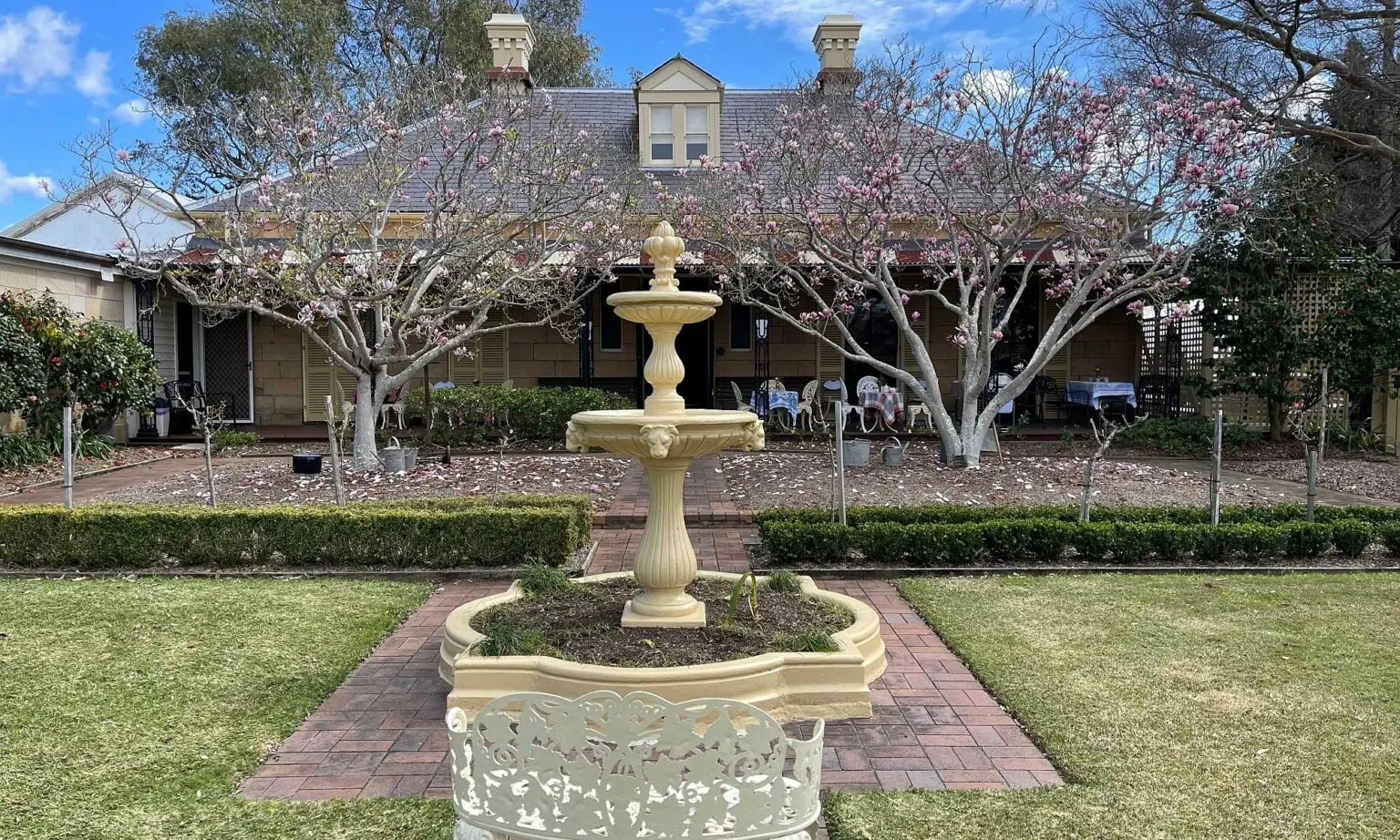by Molly McDonnell
Continued from part 1.
By now, the school-church was beginning to outlive its usefulness as a school and church; and the parish priest at the time, Father O’Reilly, by exhortation and example, stimulated his people in their generous endeavours towards progress. A new church would have to be built. Land was first acquired in Barden Street, but it was considered unsuitable for parochial requirements. It was profitably disposed of and a block of land on the crest of Forest Road, which was considered suitable for a church site, was purchased. The people, urged on by their priest, set about the task of forming the nucleus for the establishment of a building fund, and various functions were organised for this purpose, but much water was to flow under the bridge before fulfilment of their plans.
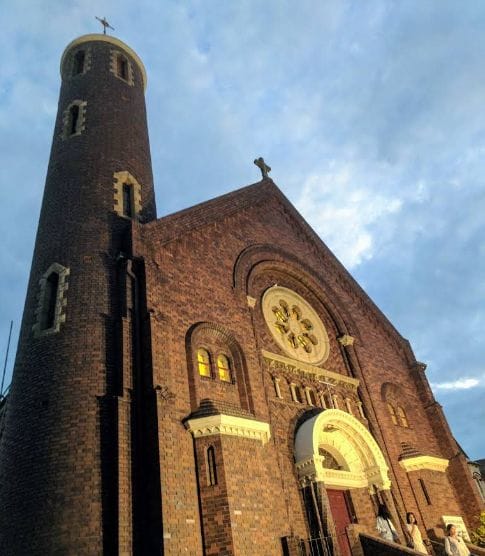
In November, 1923, Father O’Reilly was transferred to Picton, and then came Father Rafferty from the historic town of Parramatta. With his business acumen, he immediately saw the advantages of acquiring a property near the school-church; within two years, Arncliffe parish boasted a presbytery, free of debt, which could compare favourably with any in the Archdiocese. Prior to this, the priest had to live in rooms in Wickham Street; but later on, a little cottage was rented; and from humble beginnings, St Francis Xavier’s commenced its career.
On 17th March, 1928, a committee comprising – H. Hardge, J. Wilkie, John Geary, Joseph Giles and B.J.Bailey, forwarded a report to the Cathedral, stating that they were of the opinion that the new church should be built on a site adjoining the convent and not higher up on Forest Road. Objections were raised by some parishioners that the site adjoining the convent was too close to the hotel, but the sisters said “that at no time had they experienced any difficulty with regard to the proximity of the hotel”. It was agreed that by building the church adjoining the convent, all the parochial buildings would be in one block – the church, the convent and school, with ample playground and the presbytery near by.
The total cost of the church was to be in the vicinity of £14,000. Now to raise this considerable amount of money at that time much hard work had to be done. Father Rafferty would call meetings, and the parishioners came in their numbers; many suggestions for raising money would then be put forth by them. House parties galore would be held; functions in the then Baker’s Hall in Belmore Street, monthly dances organised by the Children of Mary, queen competitions, car drives, St Patrick’s Concert was always an annual event and even Sacred Concerts on Sunday evening after Benediction – Admission, a silver coin. Bazaars would be held in Baker’s Hall and there was great rivalry as to which stall could make the most money (all good business, of course) but usually, all did very well: and considering there was not much money about in those days, the end result would be in the vicinity of £1,000 or more; in fact, the record for 1931 was £2,320.
In March 1932 the parishioners of Arncliffe rejoiced at the solemn dedication to God’s service of His new home amongst them. It was the culmination of the hopes of years – the crystallising into a reality of a dream which at times seemed as shadowy and intangible as the stuff dreams are made of.
Raised to the dignity of parish in 1917, with a census showing barely one hundred families within its boundaries, in a few years the Arncliffe parish, which had been the Cinderella of the two parishes to which it had previously been attached, had acquired the equipment of church, school, convent and presbytery, which was as complete in detail of ecclesiastical requirements as are the buildings themselves handsome ornaments of the district. But all this was not accomplished without much hard work, forebodings and disappointments at times, but withal, sustained generosity by the Catholic population.
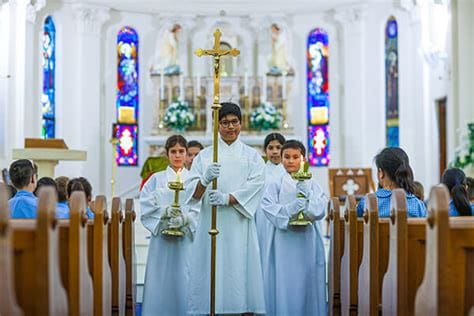
St Francis Xavier’s Church, a cynosure of all eyes, is a combination of Celtic and Romanesque architecture, and the standard of workmanship is revelation of the perfection to which Australian artisans had attained. It is impossible to adequately describe the beauties of either the exterior or the interior of the church but a comment on a few of the main features might be interesting. The building is 116 feet long and 41 feet wide and has seating accommodation for 625 persons. The round tower, surmounted by a cross, stands 107 feet above the footpath and so delicately tapered that the bell-tower chamber is barely 2 feet narrower than the verger’s room on the ground level. The High Altar, together with the Altars of the Sacred Heart and the Blessed Virgin are built of Cudgegong and Kaloolah marble, and with the pulpit and sanctuary rails also of marble, the Sanctuary is a very handsome and imposing one. The Sisters’ Chapel, contiguous to the Sanctuary, was entered through a cloistered passage from the Convent, but with the many changes that have taken place, it is no longer used for this purpose. The seats and all the fittings throughout the church are of polished silky oak.
Mr Clement Clancy was the architect of the church whose ideas have been so beautifully expressed in it. Mr R. M. Bowcock was the builder of our magnificent church, and the beautiful stone-masonry is a tribute to the skill of the late Mr Lawrence Trainor.
The bell which weighs over one ton was to be tolled by an electrical contrivance, but this was found to be unworkable and so it had to be rung by hand. Over the years, several bell-ringers faithfully carried out the task, at 6am, 12 noon and 6pm daily. Its chimes could be heard far and wide. On Sundays the bell would be rung at 6am calling the faithful to 6.30am Mass and then rung three minutes before Mass began, to remind them that they had only three minutes to get there in time. This operation applied to all three Masses. This was all very effective, but sad to say the bell no longer rings due to environmental pressures.
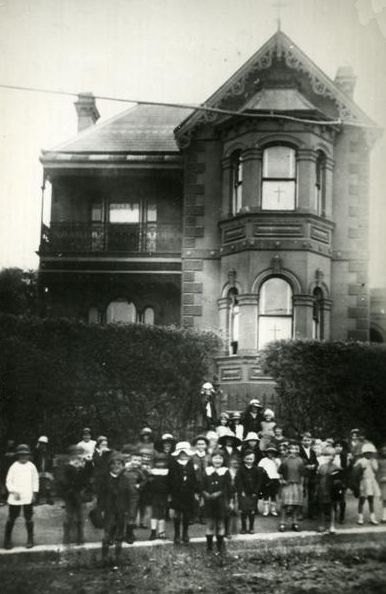
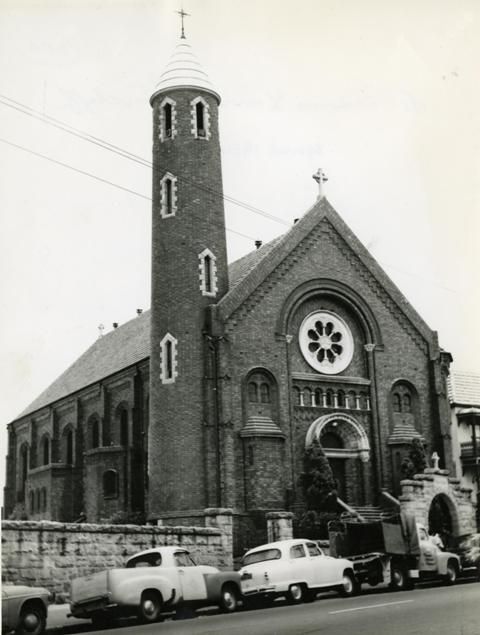
This article was first published in the May 1991 edition of our magazine.
Browse the magazine archive.
